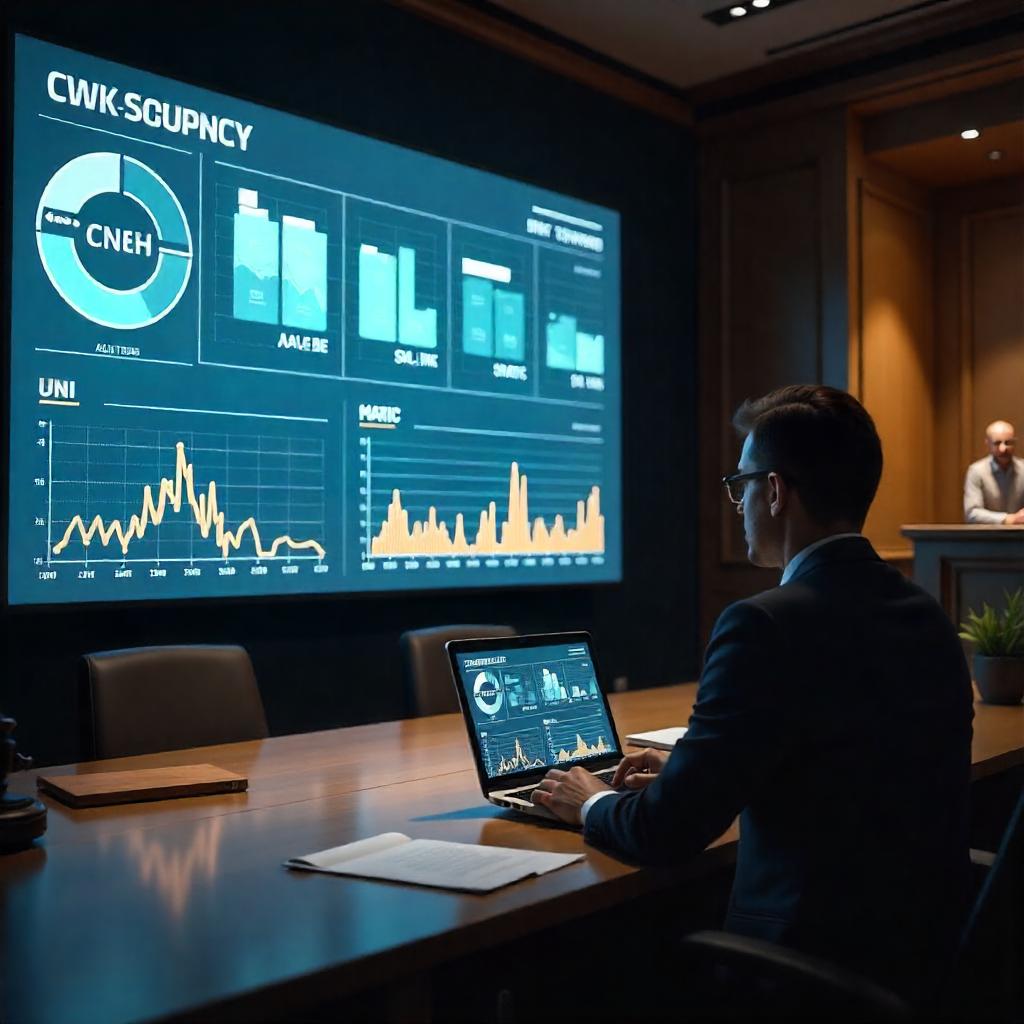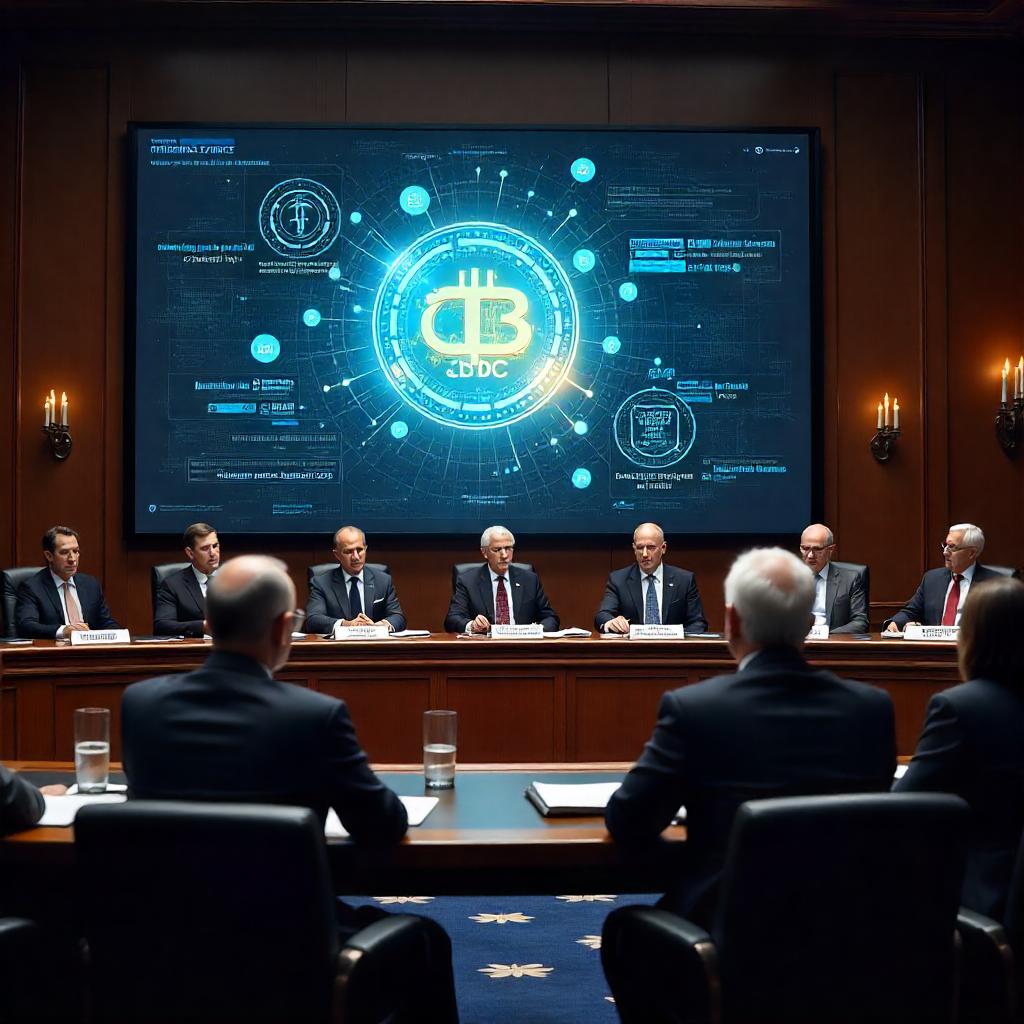Back in February 2014, Mt. Gox—once the world’s largest Bitcoin exchange—collapsed, leaving roughly 200,000 BTC worth hundreds of millions lost or stolen. For over a decade, more than 19,000 creditors have waited anxiously, hoping for their fair share from the rehabilitation process. Now, after years of legal proceedings, trustee actions, and on-chain movements, there’s genuine momentum. The trustee has begun distributing Bitcoin (BTC), Bitcoin Cash (BCH), and fiat to those who filed valid rehabilitation claims and completed necessary steps.
This article is your beacon through the latest Mt. Gox developments. It’s for everyone who poured time, paperwork, and hopes into recovery—you. No fluff, no hype—just clear, verified updates: what’s happened, what matters, and what you should do next. Let’s walk through the current status together, so you know exactly where things stand and can move forward with confidence.
Latest Trustee Status Report
Here’s what you need to know about the February 5, 2025 Status Report from Trustee Nobuaki Kobayashi:
The most recent official update was made available in the Mt. Gox Rehabilitation Claim System. If you’re an approved creditor, you should log in now and download the “Status Report (February 5, 2025).” It confirms that from January through March 2025, repayments in Bitcoin and Bitcoin Cash have continued. In fact, over 19,500 creditors have now received payouts through designated cryptocurrency exchanges.
This matters because it proves the process is moving forward—trustee isn’t stalling. Distribution isn’t hypothetical; it’s happening. You need to confirm all your personal details are correct—wallets, exchanges, bank info—and verify whether your registered accounts are validated. Watch for any communications about signed Agency Receipt Agreements from exchanges.
Once your information checks out and agreements are signed, you’ll be next in line—payments will proceed as soon as payout deadlines are met.
To find this report, log into the official claims portal by typing claims.mtgox.com manually into your browser (never click suspicious links). Then click to view the document and select the latest status report. This report is intended only for confirmed creditors and should be kept private.
This report reassures you that the trustee is delivering on promises—but now the ball’s in your court. Next, we’ll break down the actual repayment numbers and timeline for January to March 2025, so you know exactly how far this has come and what to expect next.
Repayment Breakdown (Jan–Mar 2025)
Here’s where things really get tangible: money is changing hands, and you deserve every detail.
According to the trustee’s March 27, 2025 announcement, repayments in Bitcoin (BTC) and Bitcoin Cash (BCH) have been issued to over 19,500 rehabilitation creditors between January and March 2025 alone.
These repayments occur through designated crypto exchanges such as Kraken, Bitstamp, and SBI VC Trade, with the trustee coordinating directly with them. To receive payments, creditors needed to correctly update their account information, including wallets and KYC documents, have their accounts verified by both the trustee and the exchange, and accept the Agency Receipt Agreement required by exchanges to authorize the transfer. Payments are typically scheduled via the exchange and generally arrive in your account within 7 to 14 days from the on-chain transfer.
In addition to crypto repayments, cash distributions stemming from BTC/BCH sales are already underway to select creditors who chose fiat payouts, though specific numbers haven’t been publicly released.
What this means for you is straightforward: over 19,500 creditors have been paid, which reflects real progress, not empty promises. If you’re still pending, it may be due to missing actions on your part—such as incomplete information corrections, document validations, or unsigned agreements. If you finish your KYC, verify your wallets, and sign the agency agreement, you will be next in line.
Up next: We dive into the on-chain movements, explaining the BTC and BCH transfers behind the scenes in mid-2024, and what they signal about future payout timing.
On-Chain Movements & Timeline
Understanding the behind-the-scenes blockchain shifts helps piece together when payouts might reach you. Let’s walk through the most significant movements and what they signal.
On March 11, 2025, a staggering 11,834 BTC—valued at around $930 million—was moved from Mt. Gox-controlled wallets into operational and change wallets, likely preparing for payouts via BitGo and other custodians. On March 25, 2025, another wave of 11,501 BTC, about $1 billion, was transferred, continuing a series of major fund consolidations.
These on-chain actions demonstrate that serious distribution staging has commenced.
Back in May 2024, trustee Kobayashi merged 141,686 BTC into a single address with confirmation—clear evidence of vault cleanup before repayment preparation.
Why do these transfers matter? First, they are preparatory steps for repayment. The large lump sums are not sales but strategic consolidation aligning funds so exchanges like BitGo, Kraken, and Bitstamp can allocate amounts per creditor.
Second, these movements signal that distribution is next. The trustee shifted $2.2 billion worth of BTC in November 2024 and another $930 million in March 2025—momentum that matches actual payouts that have already started.
Third, there is market impact insight. Analysts expect some sell pressure when BTC reaches creditors, but past large divestments, such as Gemini’s $2.18 billion sale, show the market can absorb this with little disruption.
The timeline takeaway for you is: major consolidation was completed in mid-2024; from late 2024 to early 2025, BTC was staged in batches; payouts via exchanges are expected in the following weeks; and by October 2025, all repayments should be completed with remaining funds deployed in batch waves until then.
These transactions are not smoke and mirrors—they are the infrastructure for your repayment. Next, we’ll explore the deadline extension and why its added time puts the power in your hands.
Extended Deadline for Claimants
On October 10, 2024, Mt. Gox’s rehabilitation trustee, Nobuaki Kobayashi, officially moved the repayment deadline from October 31, 2024, to October 31, 2025, with approval from the Tokyo District Court. This extension essentially gives every creditor who hasn’t completed the required steps a full extra year to finalize repayment details.
This extension was necessary because a large number of creditors still hadn’t wrapped up necessary actions, like wallet registrations, KYC checks, and exchange agreements. Additionally, many encountered technical or administrative obstacles while trying to do so. This delay is not a stall tactic; it is a necessary buffer allowing those caught in the process to get everything sorted without penalty.
For you, this means you now have until October 31, 2025 (Japan Standard Time) to complete repayment method selection (crypto via exchange or fiat), payee registration (bank account or wallet details), and signing any necessary agreements such as the Agency Receipt Agreement.
Missing this date could disqualify you from preferred repayment channels and force you into slower, less favorable options. Note that this is the final cutoff; no further extensions are promised. Use this extra year wisely—it is your safety net.
Key takeaways for action include verifying your repayment method, preparing documentation such as SWIFT/IBAN bank details or exchange usernames, monitoring portal functionality as some selection features may be temporarily disabled, and guarding against scams. Seeing the deadline pushed out again can cause frustration or doubt, but it is permission to pause, assess, and gather what you need with zero risk. Think of it as a second chance that brings you closer to resolution, not farther away.
The next section will walk through exact steps you should take now, from logging into the portal to finalizing your repayment setup.
What Creditors Should Do Now
If you’re still waiting for your Mt. Gox repayment, here’s a step-by-step guide tailored for you. Let’s get you across the finish line with clarity and confidence.
1. Log in to the Rehabilitation Claim System
Go to the official portal at claims.mtgox.com—bookmark it and never use emailed links. If you have trouble logging in, use the “Forgot password?” option or contact the trustee’s help desk (not exchanges like Kraken) during Japan business hours.
2. Confirm Your Claim Status
Once logged in, check your claim details and confirm it has been accepted. If your claim is rejected, you will need to appeal quickly through the trustee’s system if eligible.
3. Select Your Repayment Method and Register Payee
Your options include repayment in cryptocurrency via an approved exchange or fiat repayment via bank transfer. Access the “Repayment Selection and Payee Registration” section—choices may be temporarily disabled, but the final deadline remains October 31, 2025.
4. Prepare Documentation and Deadlines
Verify your account data such as exchange username, bank details (SWIFT, IBAN), and wallet address. Complete any KYC requirements, which may include passports, ID proofs, or corporate documents. Earlier deadlines may have passed, but the final cutoff is October 31, 2025. Submit your information early.
5. Sign the Agency Receipt Agreement
To receive crypto via an exchange, you must agree to an Agency Receipt Agreement sent by that exchange. Monitor your email and the claims portal for updates.
6. Track On-Chain Movements
Large Bitcoin batches have been moved for distribution. Expect your payout within 7 to 14 days after on-chain transfers. Exchanges like Kraken and Bitstamp will notify you through your exchange account once funds arrive.
7. Stay Alert Against Scams
Only trust verified communication from the trustee or official portal. Do not click email links or share sensitive information outside the official portal.
8. If You’re Stuck
System disablements may be deliberate to allow trustee verification before payouts. Recover access with the “Forgot password?” option or contact trustee support. If you are unpaid after completing all steps, reach out directly to the trustee support team with your details.
It is normal to feel frustrated—this process has stretched over 11 years. But every step completed brings you closer to repayment. You are not alone; millions of dollars have already reached thousands of creditors.
Communication & Fraud Prevention
Your funds are close—but scammers are circling. Let’s ensure you stay safe by learning how to spot real communications from the Mt. Gox trustee and how to act wisely.
Fraudulent emails are common and dangerous. Official warnings have been issued repeatedly by Mt. Gox and trustee Kobayashi, detailing scam attempts targeting rightful creditors. Fake emails may claim your repayment deadline was moved up, offer quick withdrawals via Web3 wallets, or ask you to click suspicious “Begin Now” links.
Always access the portal by typing claims.mtgox.com directly into your browser—never through email links. Delete suspicious emails immediately. If an email claims the trustee moved the deadline up or wants wallet connections on external sites, it is phishing.
If you’re unsure about any communication, log into the portal and use the “FAQ / Inquiry” form. The trustee advises using this channel as the only safe method to validate information.
Remember that exchanges do not provide claim support. If someone claims to be from Kraken or Bitstamp offering to help with your Mt. Gox payout, be wary—they do not handle this service.
Regularly check the portal’s “Notice” or News section. All valid milestones such as distribution starts, deadlines, or system updates come only from there.
If you suspect a scam, do not click anything and delete the message. Log into the portal to check for notices or updates. Use the portal’s inquiry form for verification or help, and only trust responses from the trustee—not social media or SMS messages.
Protecting yourself from scams is essential to prevent theft or delays in your claim. It strengthens the rehabilitation process for everyone.
Market & Legal Context
Let’s unpack the larger legal backdrop and market impact framing your Mt. Gox repayment experience.
The Mt. Gox collapse triggered a civil rehabilitation process in Japan, which is more flexible than standard bankruptcy, and was court-approved in November 2021. Trustee Nobuaki Kobayashi is legally obligated to verify claims, assemble assets, and distribute funds under court oversight. In mid-2023, the creditor repayment process was scheduled, and successive deadlines have been set, culminating in the October 31, 2025 final cutoff.
The repayment journey has caused temporary dips in BTC price—most notably a 3% slump into the low $53–56k range—when $9 billion worth of BTC flowed through exchanges. Analysts suggest that the impact could be muted because many creditors are holding rather than selling, especially after Bitcoin’s massive price increase since 2014. Large BTC holders like Mt. Gox and governments have absorbed these sell-offs, and nervous selling often hits the broader market.
On-chain, the trustee consolidated approximately 142,000 BTC into ready-to-pay addresses in May 2024, signaling that distribution was imminent.
Mt. Gox’s collapse led Japan to pioneer crypto exchange regulation. This current rehabilitation process is the largest coordinated crypto restitution effort ever, with over 140,000 BTC (about $9 billion) involved. Legal milestones, like court approval in 2021 and staggered deadlines, reflect a balance between creditor justice and market stability.
What this means for you is that your repayment is part of a court-sanctioned restoration process, not a favor or an unstructured scheme. Though BTC price may wobble when payouts happen, historical analysis shows strong resilience and relatively muted long-term effects. Your situation is part of a global event that affects Bitcoin liquidity, regulation, and investor sentiment.
Now that you understand the legal and market context, the next section will tie everything together with practical FAQs.
Final Note
You’ve come a long way in this journey—from the chaos of 2014 to the structured repayment underway today. Here’s the summary:
Repayments are actively happening, with over 19,500 creditors having received BTC, BCH, or fiat between January and March 2025. Major on-chain activity supports this, with late-2024 and early-2025 transfers signaling deep preparations for payout waves. You have until October 31, 2025, a legally backed extension, to complete all necessary steps without losing out.
Your next moves should include logging into claims.mtgox.com to verify your claim status, selecting your repayment method via exchange or fiat and registering your payee information, finalizing KYC and signing agreements, staying vigilant to avoid scams, and monitoring your exchange or wallet for incoming funds.
Your action matters. After 11 years, this is your money, and the process has real momentum. Creditor actions ripple through the Bitcoin ecosystem. Your preparedness promotes stability and strengthens future protections. This rehabilitation sets a global standard for crypto restitution—a win for you and the entire crypto community.
The finish line is within sight. You’re not trapped in the past—you’re navigating toward closure. Every login, verification, and signed form brings you closer to reclaiming what’s rightfully yours. Take a breath. Assess your status. Then log in and act. This is no longer theory—it’s real, it’s now, and you’re next.
If you follow these steps carefully and remain vigilant, the Mt. Gox repayment process will conclude with you receiving what you are owed. This is your moment.





